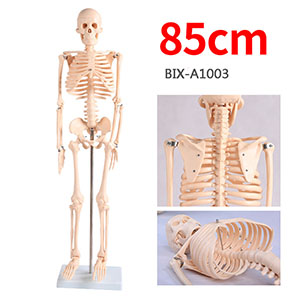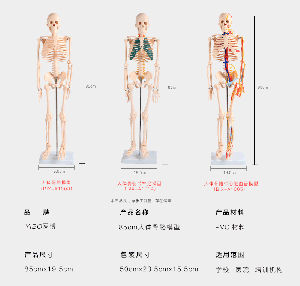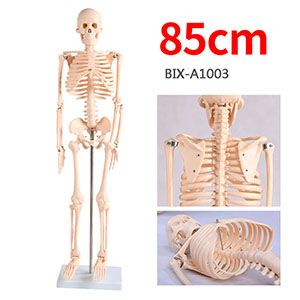In medical education and clinical training, anatomy is a fundamental subject, and modeling the human skeleton has long been used in teaching, research, and surgical planning. With the continuous development of teaching methods, there are many types of human bone models on the market, including traditional plastic models. So, are these models sufficient to meet current medical teaching needs?
The role of human skeletal models in medical education

The human skeleton model has irreplaceable value in the teaching of anatomy , which can visually display key anatomical information such as bone structure, joint connection, muscle attachment point . According to a medical education study, teaching using anatomical models can improve student learning by more than 30% . In addition, bone models can help medical professionals such as surgeons and rehabilitation therapists to more intuitively understand the human body structure and improve clinical practice.
Market trends and technological innovation
At present, the market demand for high-precision human bone models is rising, and bone models are also developing in a more accurate and interactive direction. According to the data, the global medical teaching models market is expected to grow at an average annual growth rate (CAGR) of 12% over the next five years, with anatomical models holding a significant share.
Limitations of existing models of the human skeleton

Although the human skeleton model plays an important role in medical teaching, there are still some shortcomings. For example, the anatomical accuracy of some low-quality models is limited, and it is difficult to meet the needs of advanced medical research. In addition, traditional models lack tissue texture and pathological change simulation, which makes it difficult to provide more complex clinical application training.
Overall, the human skeleton model remains a core tool in medical teaching and continues to be optimized as technology advances. However, in the context of the growing demand for medical education, it is difficult for a single model to fully meet all needs, and future teaching will be more inclined to combine physical models with digital tools to achieve a more efficient medical education model.

